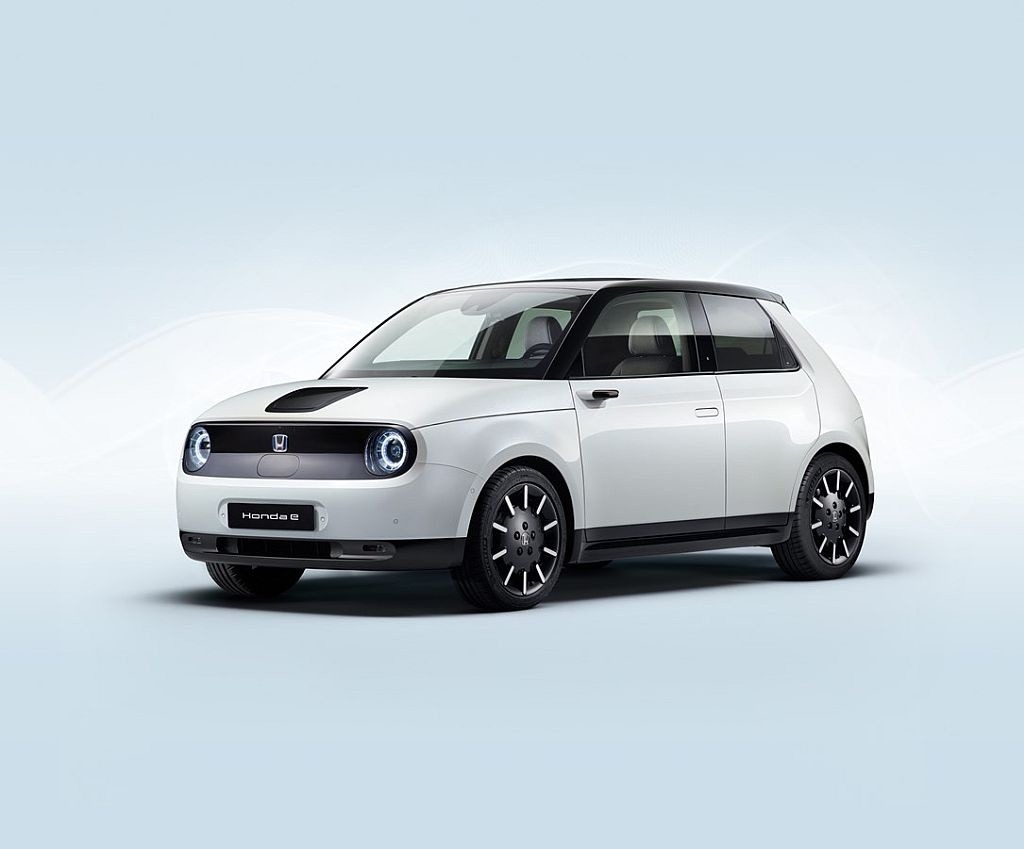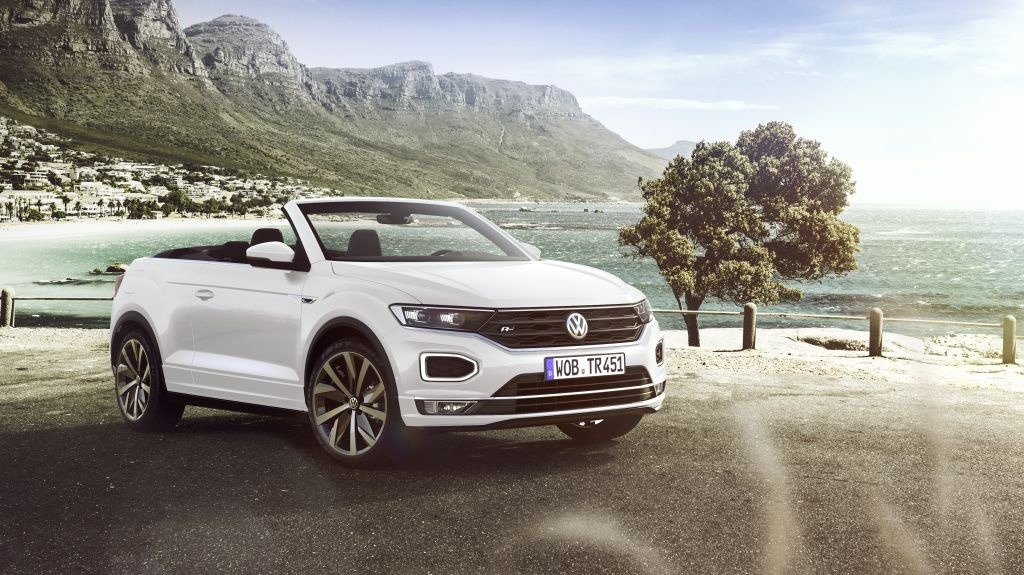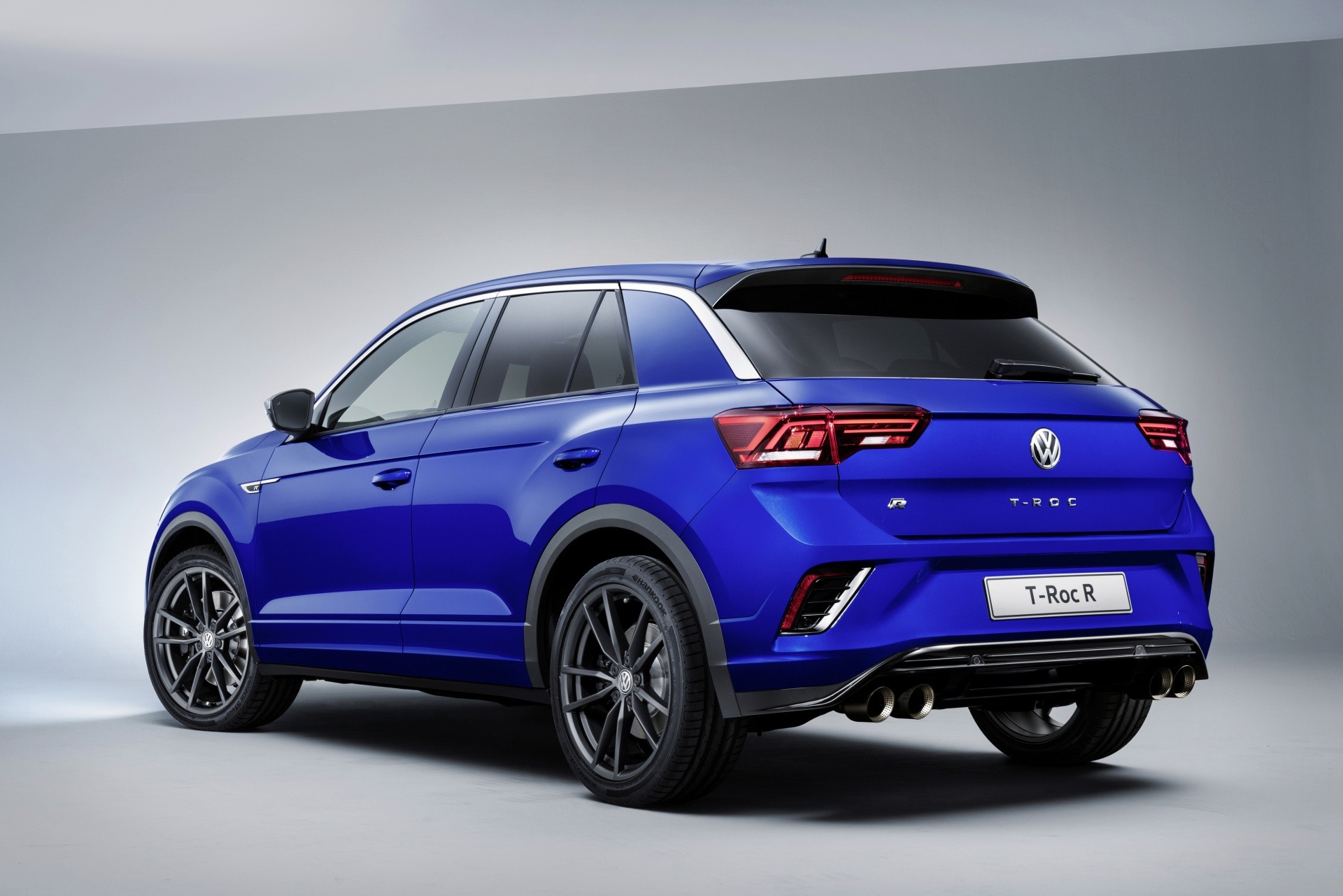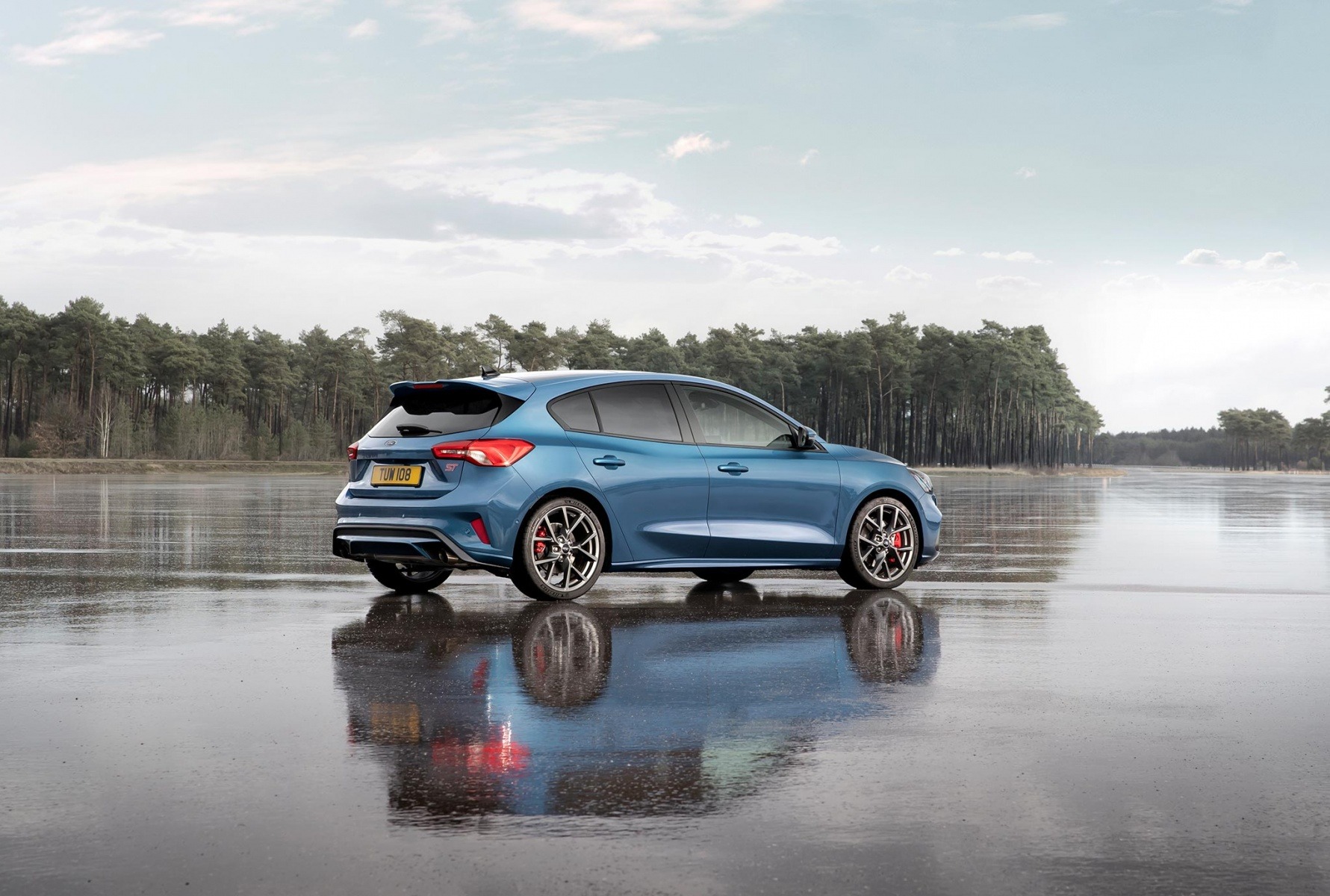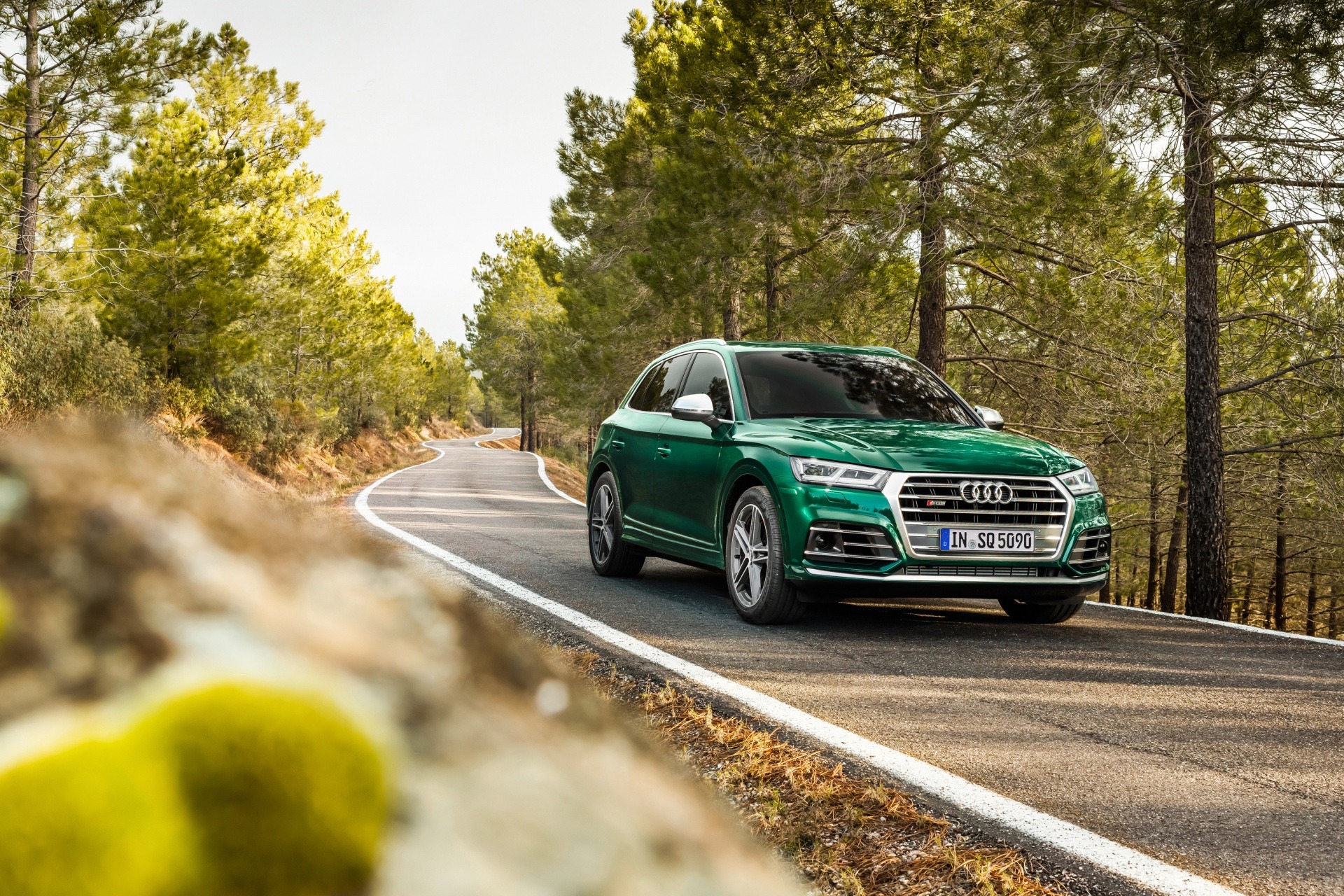Search the Community
Showing results for tags 'forbidden fruit'.
-
Ahead of its official debut at the Frankfurt Motor Show, Honda has unveiled the full specs of their Honda E small electric car. Honda developed the E with a focus on design simplicity and usability for the needs of modern urban lifestyles. The clean external lines are helped by the use of exterior...
- 3 replies
-
- electric vehicles
- europe
-
(and 5 more)
Tagged with:
-
Ahead of its official debut at the Frankfurt Motor Show, Honda has unveiled the full specs of their Honda E small electric car. Honda developed the E with a focus on design simplicity and usability for the needs of modern urban lifestyles. The clean external lines are helped by the use of exterior...
- 3 comments
-
- electric vehicles
- europe
-
(and 5 more)
Tagged with:
-
Volkswagen has taken the wraps off the 2020 T-Roc Cabriolet ahead of the Frankfurt International Auto Show in September. Volkswagen says the T-Roc Cabriolet offers just the right combination of SUV flexibility and the open air experience of a convertible. The soft top opens in just 9 seconds, can op...
- 42 replies
-
- 1
-

-
- convertible
- forbidden fruit
-
(and 2 more)
Tagged with:
-
Volkswagen has taken the wraps off the 2020 T-Roc Cabriolet ahead of the Frankfurt International Auto Show in September. Volkswagen says the T-Roc Cabriolet offers just the right combination of SUV flexibility and the open air experience of a convertible. The soft top opens in just 9 seconds, can op...
- 42 comments
-
- convertible
- forbidden fruit
-
(and 2 more)
Tagged with:
-
Ahead of the Geneva Auto Show, Volkswagen has unveiled the R version of their T-Roc crossover. The T-Roc is a small crossover not (yet?) sold in the U.S. that slots below the Tiguan and most directly related to the Volkswagen Golf. Standard models went into production for the European market in 20...
- 12 replies
-
- 2
-

-
- forbidden fruit
- t-roc
-
(and 2 more)
Tagged with:
-

Geneva 2019: Volkswagen Brings the T-Roc R
Drew Dowdell posted an article in Geneva International Motor Show
Ahead of the Geneva Auto Show, Volkswagen has unveiled the R version of their T-Roc crossover. The T-Roc is a small crossover not (yet?) sold in the U.S. that slots below the Tiguan and most directly related to the Volkswagen Golf. Standard models went into production for the European market in 20...- 12 comments
-
- forbidden fruit
- t-roc
-
(and 2 more)
Tagged with:
-

2019 Ford Focus ST Gains Power; Remains Forbidden Fruit in the US.
Drew Dowdell posted an article in Ford
-
- 8 comments
-
- audi
- forbidden fruit
-
(and 2 more)
Tagged with:
-
Audi unveiled a powerful new generation of SQ5 TDI today. With 516 lb-ft of torque, this diesel rips to 100 kph (62mph) in just 5.1 seconds and has an electronically limited top speed of 155 mph. At the heart of the SQ5 is a new mild-hybrid 3.0 liter V6 TDI with an Electric Powered Comp...
- 8 replies
-
- 1
-

-
- audi
- forbidden fruit
-
(and 2 more)
Tagged with:


